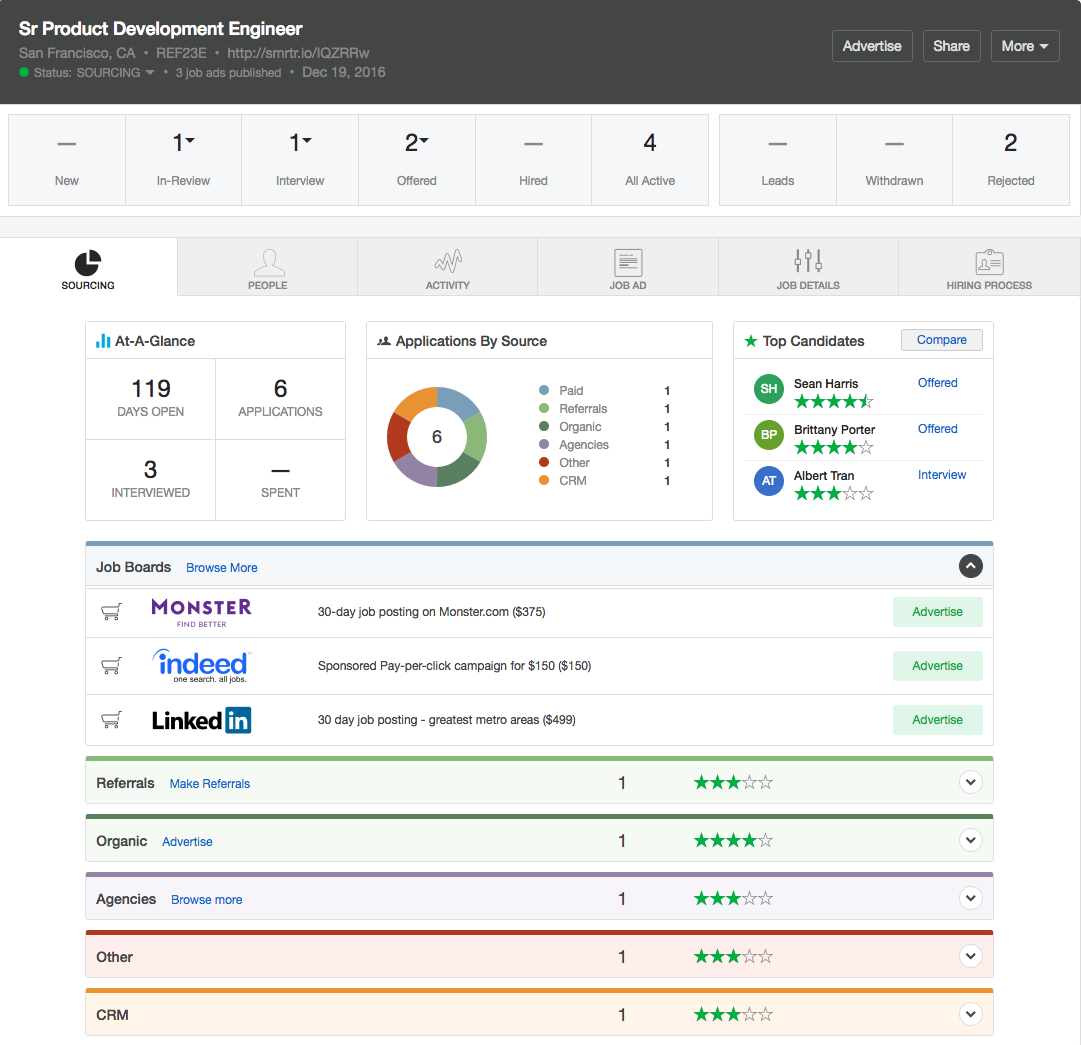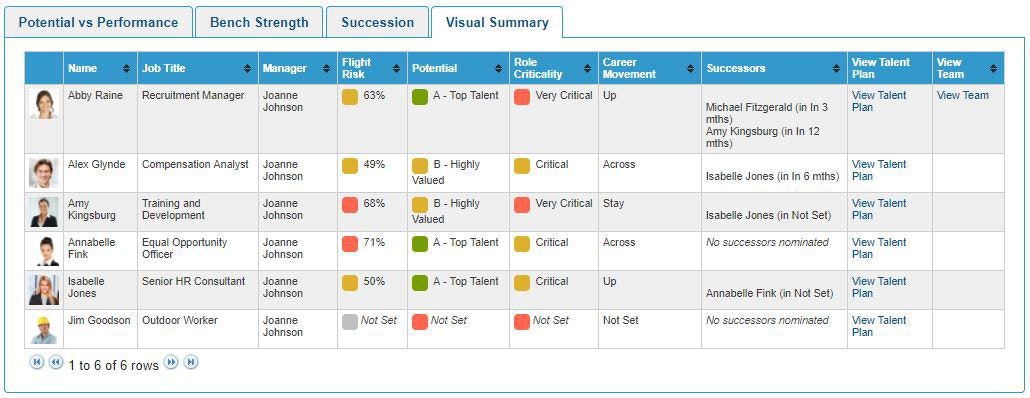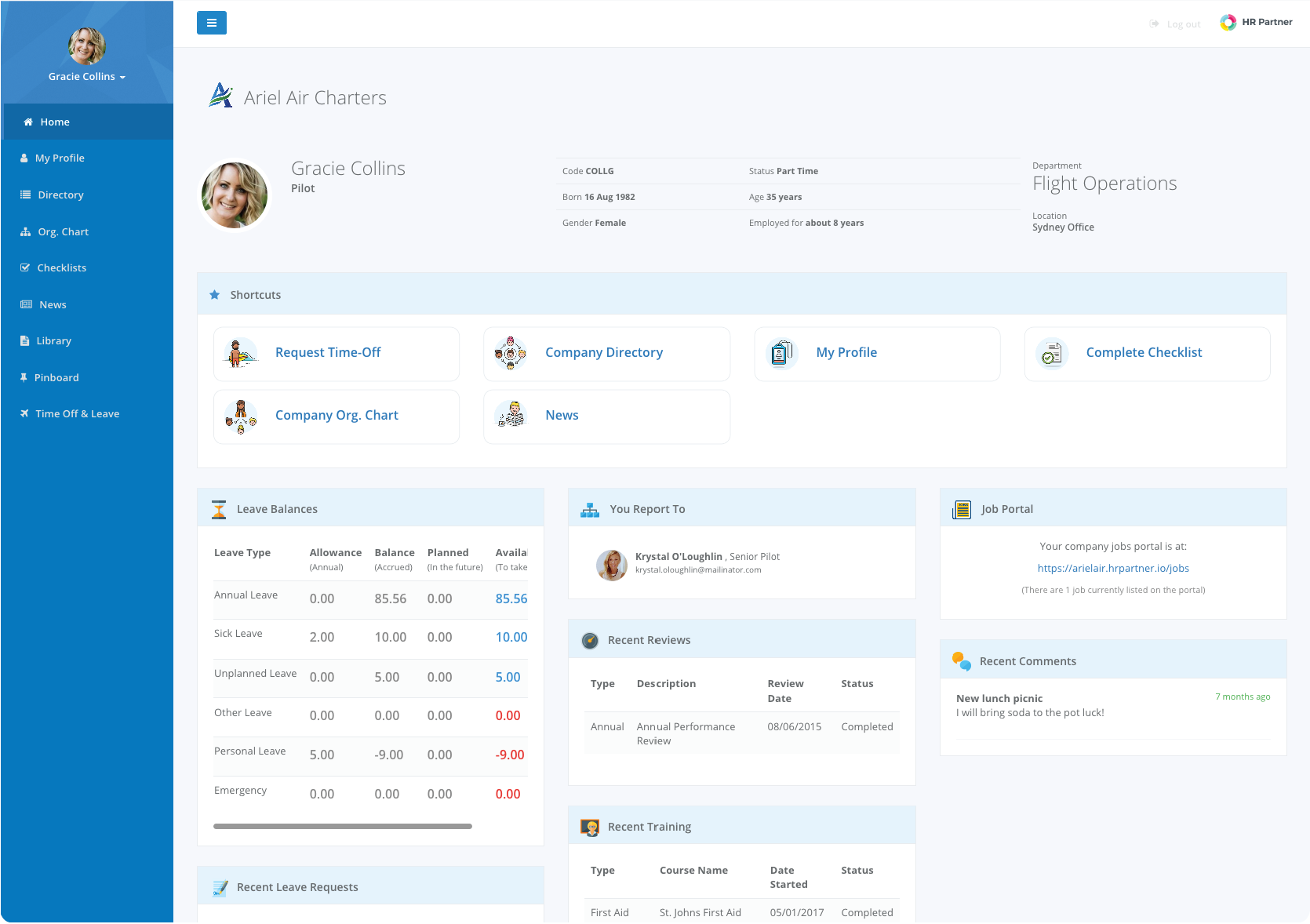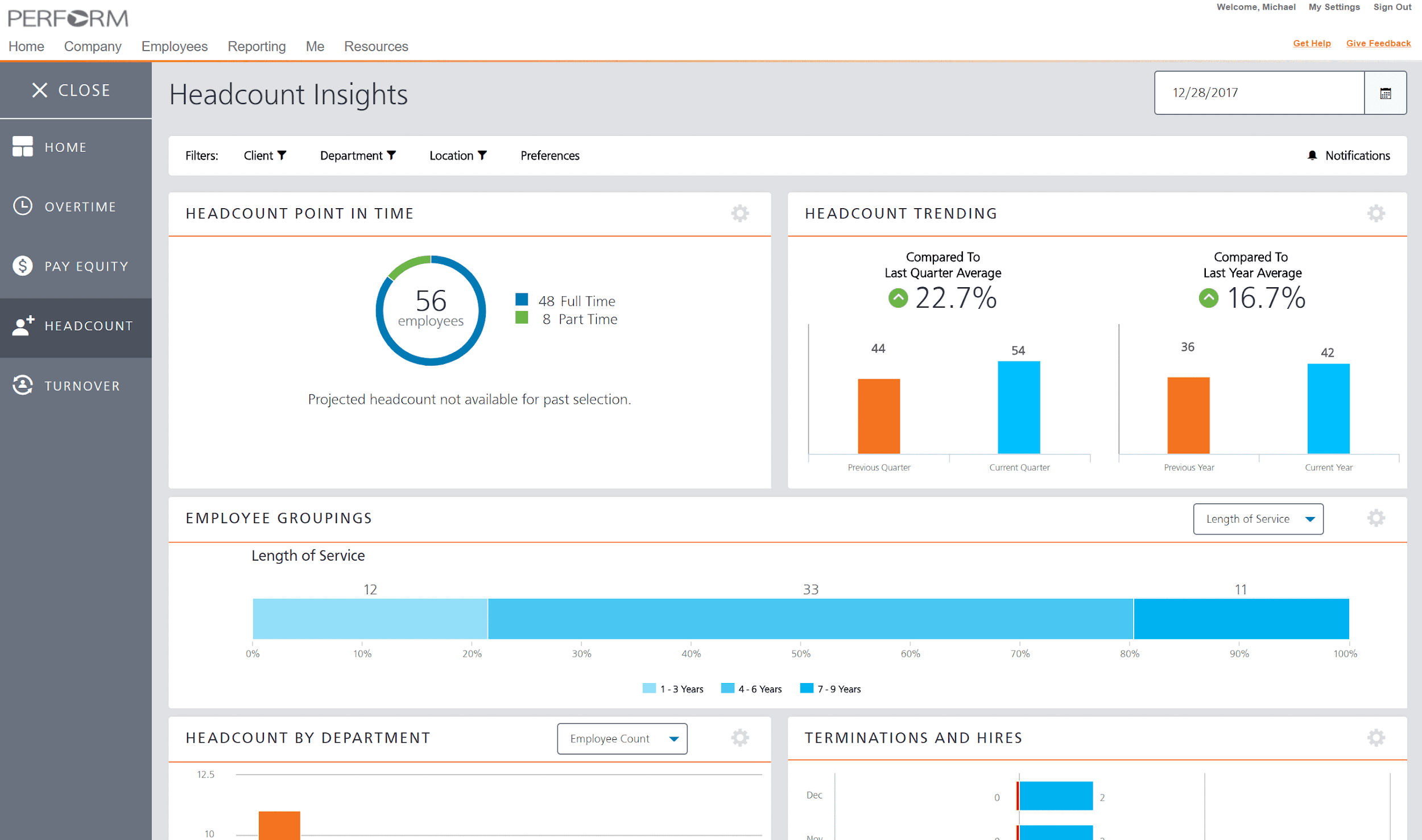3 Ways Software Can Lower Human Resources Costs
Whether it’s an unexpected dip in sales or a significant recession brought on by a global pandemic, small businesses are rarely short on incentives to lower their human resources (HR) costs. There’s usually a cost to cost-cutting though. Reducing perks and benefits can hamper recruiting efforts, for example, and the aftermath of layoffs in terms of workforce morale and engagement can be devastating.
If you’re looking for a way to cut human resources costs and actually improve your organization simultaneously, implementing HR software may be your answer. By enabling better decision-making and improving operational efficiency, HR software can result in significant savings and benefits that more than make up for the system’s price tag.
Don’t believe me? In this article, we’ll look at three areas where HR software can help reduce human resources costs: talent management, task automation, and workforce planning.
Talent management: Hire (then keep) the best employees
No one sets out to hire the wrong person, but it often happens anyway. According to a 2017 CareerBuilder survey, 74% of employers admit they’ve hired the wrong person for a position in the past. And the cost of that mistake for HR departments is significant: $14,900 per bad hire, on average.
Whether you didn’t have the time to weigh your options carefully or the candidate who was great in theory ended up not working out in practice, an applicant tracking system (ATS) can improve your odds of making the right hiring decision through a handful of features:
Applicant sourcing and online job posting capabilities help you cast a wider net for talent, increasing the number of applicants for each opening.
Customized candidate assessments test job seekers on their skill sets and reveal details about their work personality to determine their fit for the role and company.
Benchmarking capabilities compare applicant traits and skills with those of current top performers in the company to find the best candidates of the bunch.

A job vacancy profile in SmartRecruiters (Source)
But hiring the right people means nothing if you can’t keep them, which leads to another significant cost for HR departments: high employee turnover. When a worker leaves, it costs 33% of that employee’s annual salary (on average) to hire their replacement. A revolving roster of employees quickly becomes an expensive problem to have.
Research shows that 75% of what causes turnover is preventable. With HR software, you can determine an employee’s “flight risk”—using data such as their tenure, compensation, and time since last promotion—and intervene to identify relevant issues before they leave.

An employee flight risk summary in PeopleStreme (Source)
While bad hires and turnover are inevitable parts of running a business, having the right software can reduce instances of each dramatically, and lower HR costs in the process.
Shop for an applicant tracking system in your budget
Task automation: Reclaim time to focus on the bigger picture
As much as HR would love to focus on strategic needs, too often they’re bogged down by administrative ones. Research by Formstack found that managers are spending eight hours—a full work day—every week on manual and repetitive processes.
Add human error to the loss of productivity from doing these tasks by hand and the cost of using paper-based records or Excel sheets to take care of administrative HR needs can be significant.
Using software for these rote tasks helps in two ways. The first is automation; instead of doing something like calculating payroll for all your employees by hand (an intensive and error-prone method), payroll software does the math automatically. You can click a button, run payroll for your workforce, and use the time you save to focus on other needs.
The other is self-service. By allowing your employees to log in to HR software and complete tasks such as updating their benefits elections or requesting PTO, it frees up HR team members from having to process these requests for them.

Employees in HR Partner can handle some HR tasks themselves (Source)
In addition to freeing up the HR staff you have to focus on big picture needs, automation and self-service capabilities can keep your HR headcount small—adding up to significant HR cost reductions over time.
Find an HR system that can automate tasks
Workforce planning: Leverage analytics to drive key decisions
Has there ever been a more fraught time for workforce planning? The growth of contingent and remote workforces has impacted everything from compensation costs to office space. Employees are demanding more diversity and inclusion at the leadership level than ever. There’s also the not-so-small matter of businesses needing to reskill 1 billion workers by 2030 to stay competitive.
The HR crystal ball is hazy, but analytics capabilities found in software can give you a clearer picture of what’s to come. By analyzing internal factors (budgets, skill shortages, organizational structures, etc.) and external factors (competition, economic climate, evolution of technology, etc.), HR analytics tools can help you make more data-driven decisions that optimize spend and future-proof your business.
Here are just a few areas where HR analytics can save you money:
Optimize labor cost based on performance, tenure, pay equity initiatives, budgets, and market rate trends for an employee’s role and skills in your area.
Use performance and training data in conjunction with diversity goals and retirement timelines to create a succession plan that quickly fills leadership roles with promising employees waiting in the wings.
Compare the employee skills you have with the employee skills you need to succeed down the road to optimize your recruiting strategies, training programs, and team structures.

Employee headcount insights in Paycor (Source)
If you can leverage analytics to accurately predict what and who your business will need in the future, you can make well-informed financial decisions sooner rather than later and avoid driving up costs unnecessarily.
Compare affordable and easy-to-use HR analytics tools
Start reducing human resources costs right away
When it comes to HR cost cutting, implementing software is subtraction by addition. Using recruiting software, you can hire and keep the best employees to reduce turnover costs. With payroll software and other core HR tools, you can automate time-consuming tasks that distract your HR department from bigger needs. And using analytics capabilities can lead to more sound financial decisions that set your organization up for success long-term.
If you’re ready to take the plunge but unsure which system is best for your needs and budget, call our advisors at 844-847-3290 or schedule an appointment for a free, no-obligation consultation.
Note: The applications selected in this article are examples to show a feature in context and are not intended as endorsements or recommendations. They have been obtained from sources believed to be reliable at the time of publication.